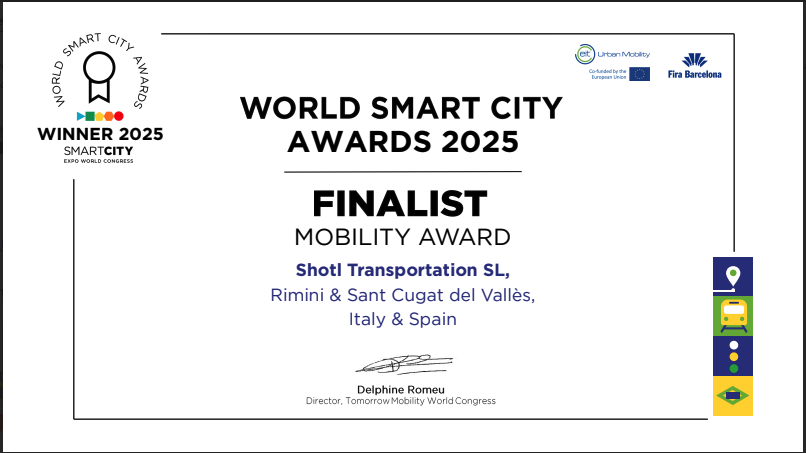


Turning our backs on the car

When I turned 18, one of the first things I did was get my driving license. At the time, during the ‘90s, it was a rite of passage into adulthood. As my friends and high school classmates took the step, they were seen differently by their peers. They had achieved independence and the envy of those not yet old or resourceful enough to get into the driver’s seat of their first car. Events like these marked my generation’s transition to adulthood.
However, current statistics show that young people are increasingly choosing to forgo getting their driving license. It is no longer fashionable or a determining factor for them. Buying or maintaining a car has become a luxury they can no longer afford or are interested in.
And it’s not only the younger generation. Personally, as the years go by, I find it more and more unpleasant to get behind the wheel of my car and face daily traffic jams, roads in need of urgent maintenance, and an increase in the number of vehicles on the roads. Not to mention the costs involved, not only in buying but also in maintaining a car. From the moment you walk out of the dealer's door, the car starts losing value. And then there’s insurance to pay for and the relentless rise in fuel prices.
Some time ago, I made the decision to avoid, as far as possible, using my private vehicle for my daily commute. I live in a big city, so, fortunately, I have a wide range of public transport options at my disposal, like the train or bus.
But it’s still a problem when I have to travel to places where public transport is not so good. Places that are not accessible, with low bus or train frequency, or with a complicated layout that makes walking unappealing. In some of these places, discovering demand-responsive transport (DRT) has meant a significant change for me in terms of quality of life. It’s easy to use, and I also have the possibility to get to know the driver. I only hope that the service will be extended to other places I frequent that, currently, I can only access by car.
I am excited to think that, in a relatively short period of time, more and more neighborhoods, isolated villages, and industrial and service parks will opt for this solution, which not only reduces the number of vehicles on our roads and our carbon footprint, but also has an impact on my pocket: Directly by avoiding vehicle maintenance costs, and indirectly, saving taxpayer’s money by replacing traditional, highly subsidized fixed-route-and-schedule lines with fully flexible, sustainable and on-demand alternatives.
Like many people, I have reached a point where I want to stop using my car. I’m ready for the future; ready for on-demand mobility.
Popular posts
21.11.25
Shotl Honored at Smart City Expo Mobility Awards for Rimini ShuttleMare Project
Shotl was nominated for the Smart City Expo Mobility Award for our ShuttleMare Rimini project and received special recognition. The summer beach service carried over 2,000 passengers weekly, cutting car use and parking stress. Proud of our strong colla
Rocío Goldín
25.01.21
How to calculate the true value of DRT
What is the real value of on-demand public transport software? We’re not talking just about the price here, but rather the value for the passenger, operator or municipality.
Albert Tresserras
29.04.19
Improving the lives of families in residential neighborhoods
Inflexible or infrequent public transport in suburban and rural areas presents significant challenges for both families and the environment. Shared demand-responsive shuttles allow young people to travel safely and independently


